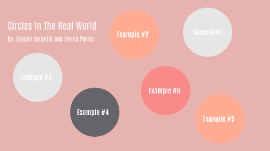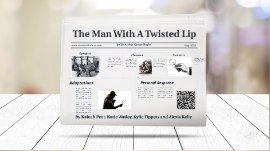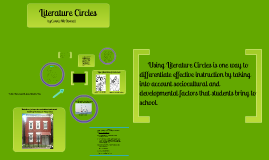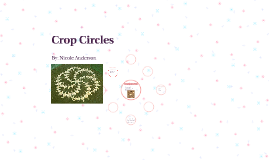Literature Circles Presentation
Transcript: Literature Circles Using Literature Circles is one way to differentiate effective instruction by taking into account sociocultural and developmental factors that students bring to school. Effective Strategies Small group work Individual choices Thematic design for authentic learning Meaningful activities Graphic organizers Accommodations Watch Video of a fourth grade Literature Circle References: Candler, L, Teaching Resources, Venn diagram, retrieved 2012 from: http://www.lauracandler.com Cisneros, Sandra (1991) House on Mango Street, Vintage Publishing, New York, NY Cox C. & Boyd-Batstone P. S. (2009). English Language Learners. Pearson. New York, NY Bridging Theory and Research into Practice. P. 45-68 and Reader Response and Learning English as a Second Language. P. 38. Literature Circles (2006, 2012) ABCteach: The educator’s online resource, retrieved from: http://www.abcteach.com Lesson Plans, retrieved 2012 from: http://www.everythingesl.net/lessons Type of illustrations from the book: by Connie McDonnell Types of illustrations for sociocultural environment: High Society - Type of Entertainment Supporting Literacy Through Comprehensible Input and Scaffolding Comprehensible Input: Key to second language acquisition by tapping into student's background knowledge from home-school connections and this is done naturally in student-centered instruction Conversations among students are encouraged and valued Reader-response theory helps learning from literature in both a literal and figurative sense. Response is individual and not tied into one agreed-upon meaning of text. Silence while thinking about a text is understood. Student expression is the beginning of exchanges between teacher and students, sudents and students, and student and text.(Cox ,2009) Scaffolding: Graphic organizers can help the English language learner develop and interpret information easier to help identify specific information and to help with comprehensible input Working with peers helps to create a learning environment through conversation and shared ideas Using tools, such as, dictionaries, computer programs, pictures that relate to a topic, etc - these tools help to bridge the gap of the language barrier Picture of a luxury yacht. Lesson Plan/Literature Circles Fifth Grade Lesson Plan covers a six-week time frame in which students will divide into three groups of four students. These groups will listen on tape and read House on Mango Street over the period of six weeks. There is a time-line given to each group along with a rubric for specified jobs listed per group for every school day of the week. (SEE Hand-outs) At the end of the sixth week all three groups will present their findings from their research and report a summary with illustrations. There will be a discussion on Contrast/Compare using a Venn diagram for differences in sociocultural environments from information students researched for different cultures and social settings making connections to the book Effective Accommodations/Modifications Accommodations: A taped recording of the story in the student's first language Vocabulary words with definitions and pictures in student's first language Dictionary available in student's first language Given instruction using their language and repeating instruction in English Having available a list of common terms that will assist student in every-day activities Modifications: Specific jobs, such as, drawing illustrations and having help with interpretation of drawings Not as many vocabulary words to look up, but have a list of all vocabulary words given to student in both languages with their definitions and pictures that may help to make connection to words easier Illustration of a lower class sociocultural environment: A picture of the house on Mango Street. Esperanza and uncle dancing Esperanza and the Nun

















